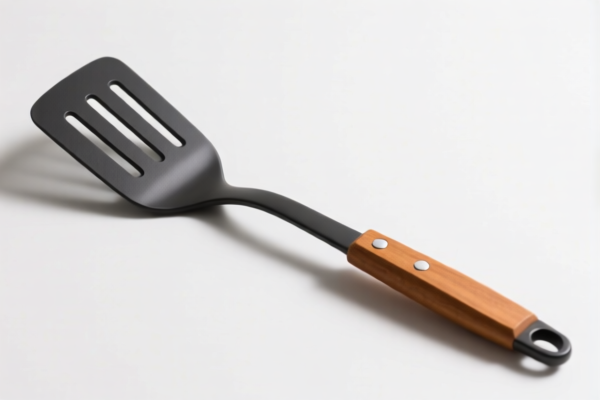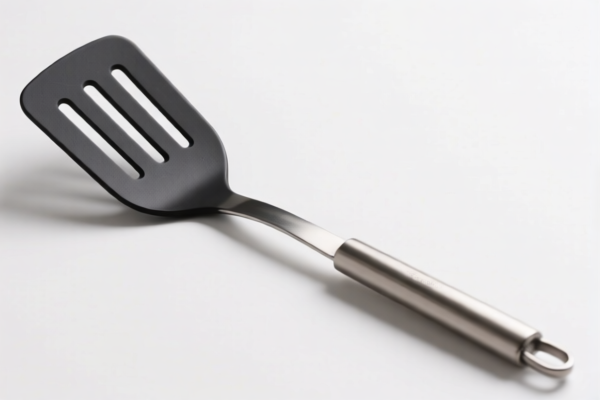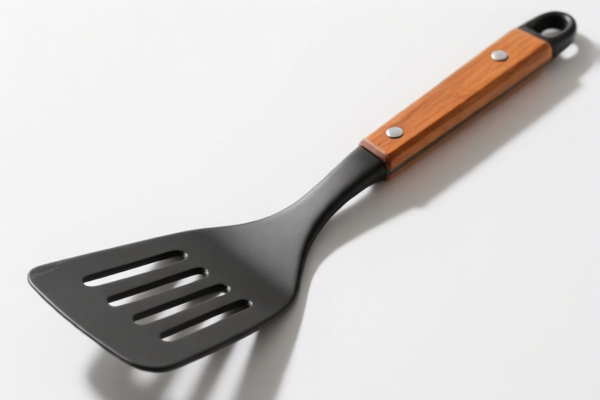| HS Code | Official Doc | Tariff Rate | Origin | Destination | Effective Date |
|---|---|---|---|---|---|
| 3924104000 | Doc | 33.4% | CN | US | 2025-05-12 |
| 4419909100 | Doc | 40.7% | CN | US | 2025-05-12 |
| 7323930045 | Doc | 57.0% | CN | US | 2025-05-12 |




HS Code Classification for "SLOTTED SPATULA"
Based on the provided reference data and common trade practices, here's a breakdown of potential HS code classifications for "SLOTTED SPATULA", along with detailed explanations:
1. 3924.10.40.00 – Tableware, kitchenware, other household articles and hygienic or toilet articles, of plastics: Tableware and kitchenware: Other
- 39: Plastics and articles thereof. This chapter covers items made primarily from plastic.
- 24: Tableware, kitchenware, other household articles & hygienic or toilet articles. Specifically focuses on items used in the kitchen or home.
- 10: Tableware and kitchenware. Further narrows down to items used for serving or preparing food.
- 40: Other. This is a residual subheading for items not specifically classified elsewhere within this category.
- Applicability: If the slotted spatula is made entirely or primarily of plastic, this is the most likely HS code. Example: A spatula used for flipping pancakes made from polypropylene.
- Tax Rate: 33.4% (Base Tariff: 3.4%, Additional Tariff: 0.0%, Post 2025.4.2 Additional Tariff: 30%)
2. 4419.90.91.00 – Tableware and kitchenware, of wood: Other: Other
- 44: Wood and articles of wood; wood charcoal. This chapter covers items made from wood.
- 19: Tableware and kitchenware, of wood. Specifically focuses on items used in the kitchen or home made from wood.
- 90: Other. This is a residual subheading for items not specifically classified elsewhere within this category.
- 91: Other. This is a further residual subheading for items not specifically classified elsewhere within this category.
- Applicability: If the slotted spatula is made entirely or primarily of wood, this HS code is appropriate. Example: A wooden slotted spatula used for stirring sauces.
- Tax Rate: 40.7% (Base Tariff: 3.2%, Additional Tariff: 7.5%, Post 2025.4.2 Additional Tariff: 30%)
3. 7323.93.00.45 – Table, kitchen or other household articles and parts thereof, of iron or steel; iron or steel wool; pot scourers and scouring or polishing pads, gloves and the like, of iron or steel: Other: Of stainless steel Cooking and kitchen ware: Other: Cooking ware: Other
- 73: Articles of iron or steel. This chapter covers items made from iron or steel.
- 23: Table, kitchen or other household articles and parts thereof, of iron or steel. Specifically focuses on items used in the kitchen or home made from iron or steel.
- 93: Other. This is a residual subheading for items not specifically classified elsewhere within this category.
- 00: Other. This is a further residual subheading for items not specifically classified elsewhere within this category.
- 45: Of stainless steel Cooking and kitchen ware. This is a further residual subheading for items not specifically classified elsewhere within this category.
- Applicability: If the slotted spatula is made entirely or primarily of stainless steel, this HS code is appropriate. Example: A stainless steel slotted spatula used for grilling.
- Tax Rate: 57.0% (Base Tariff: 2.0%, Additional Tariff: 0.0%, Post 2025.4.2 Additional Tariff: 30% + 25% for steel/aluminum products)
Important Considerations & Recommendations:
- Material Composition: The primary material of the slotted spatula is the most important factor in determining the correct HS code.
- Mixed Materials: If the spatula is made of multiple materials (e.g., a wooden handle with a stainless steel blade), the HS code will be determined by the dominant material by weight. Consult with a customs broker for clarification in such cases.
- Single Piece vs. Assembly: If the spatula is assembled from parts, the HS code may differ.
- Certification: Depending on the intended use (e.g., food contact), you may need to provide relevant certifications (e.g., FDA compliance for plastic spatulas).
- Post 2025.4.2 Tariffs: Be aware of the increased tariffs that will come into effect after April 2, 2025, particularly the additional tariffs on steel/aluminum products.
- Declare Accurately: It is crucial to declare the correct HS code to avoid delays, penalties, and unexpected costs.
Disclaimer: This information is for general guidance only and does not constitute professional customs advice. It is recommended to consult with a licensed customs broker or relevant authority for accurate classification and compliance.
Customer Reviews
No reviews yet.